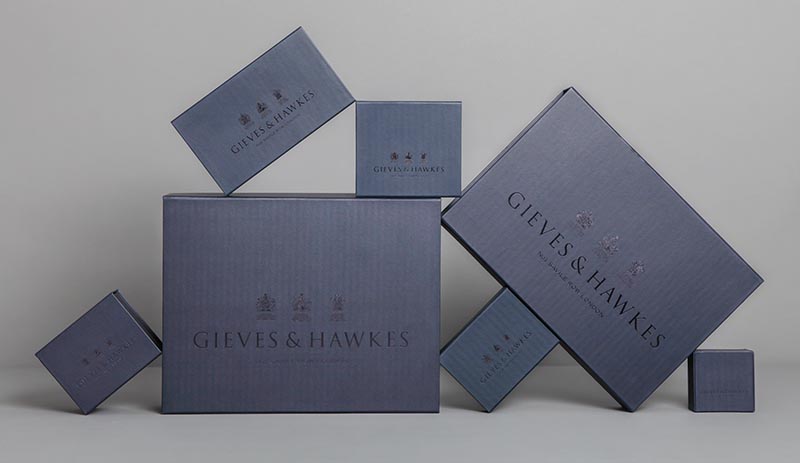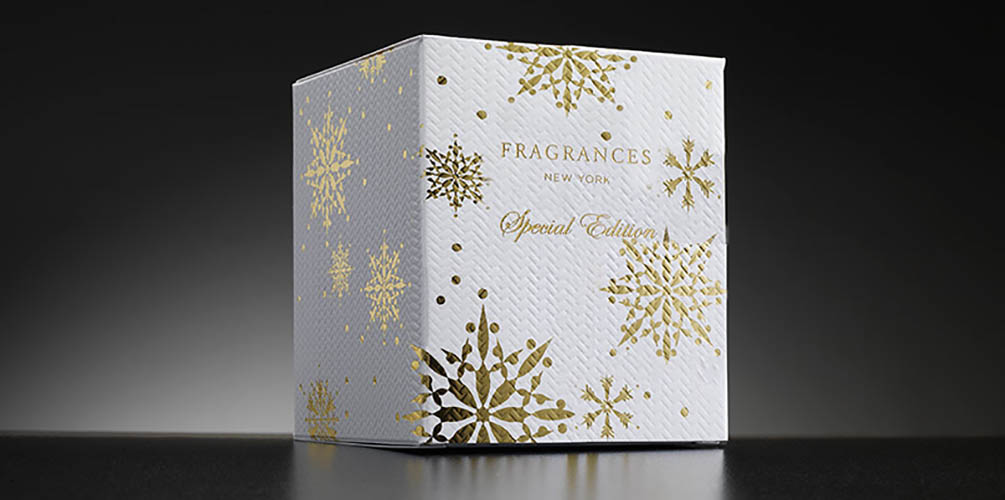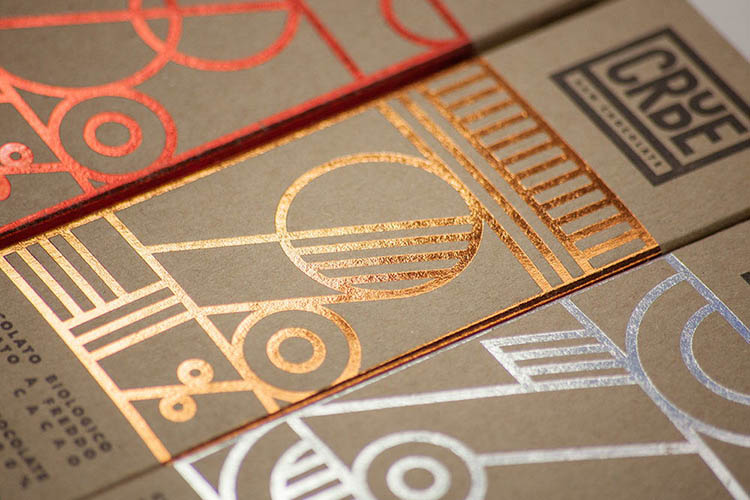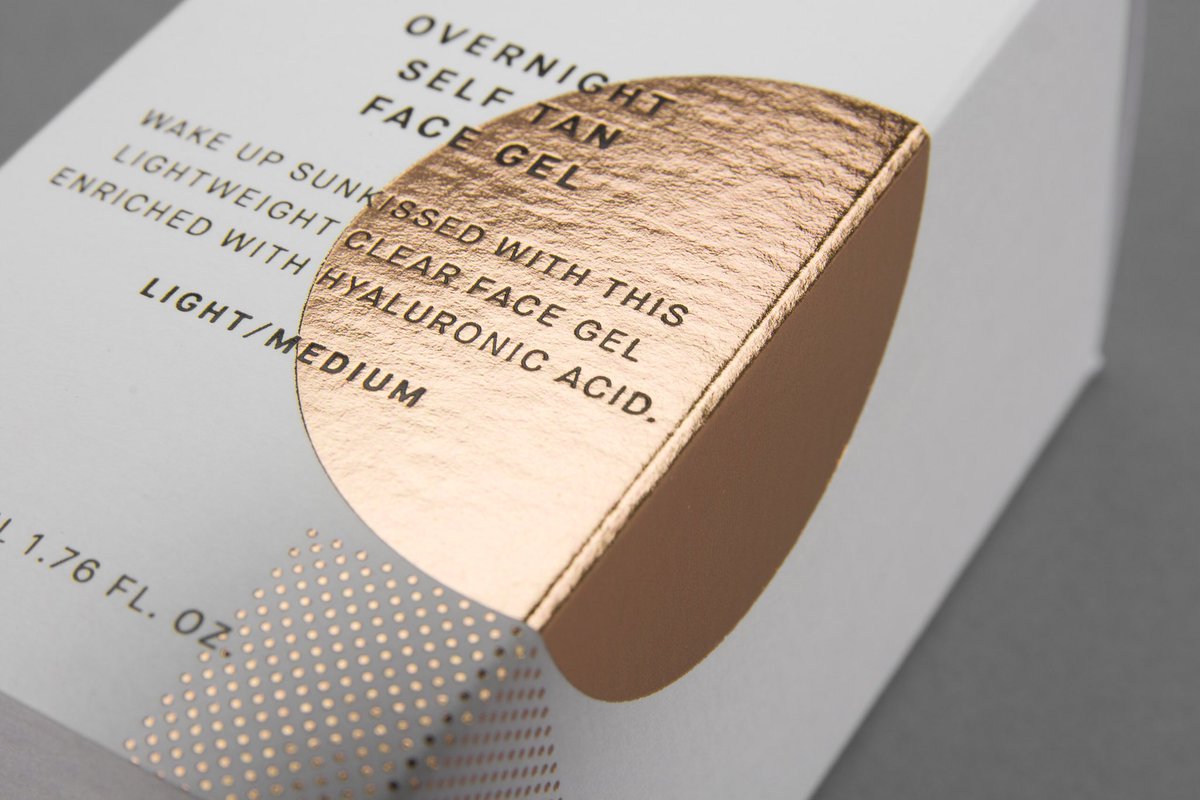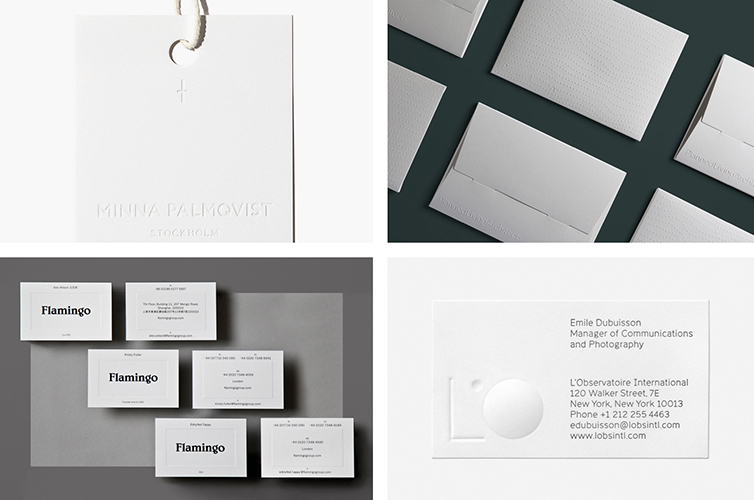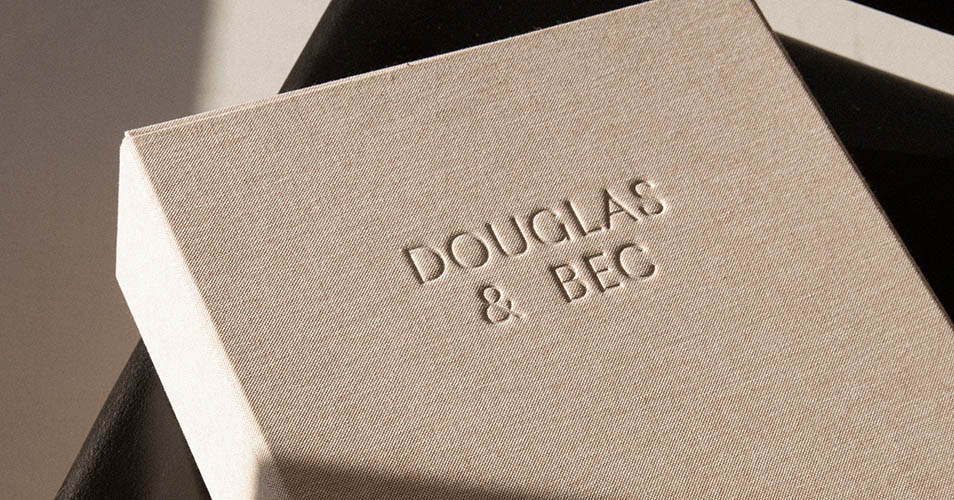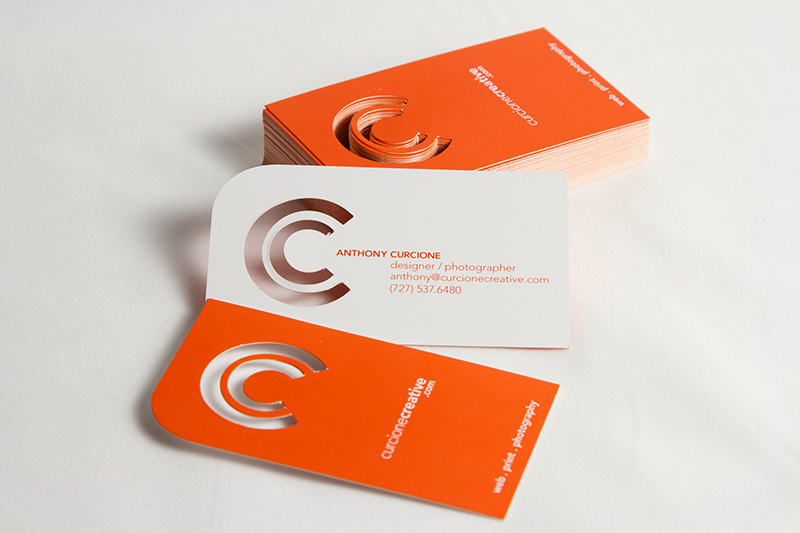Print finishing: techniques to bring your packaging and printed promotion to life
6 November 2020
The earliest recorded use of print finishing was in 3000 BC where the ancient Mesopotamian society used round cylinder seals for rolling an impression of images onto clay tablets. Centuries and civilisations later, history has shown us that almost every society developed and evolved their own printing techniques.
From religious scriptures to encoded messages, printing has played an extremely pivotal role across history and without it, there would be no history to tell. While we may no longer be developing type characters from hardened clay, we certainly have come an extremely long way, and with the global printing market to reach £675 billion by 2024, there are an endless amount of possibilities and ideas yet to explore.
In this blog post, we take a look at some of the most popular print finishing techniques and how these can be used to bring your printed products to life.
Offset printing
Offset printing technology in a direct form of printing, meaning ink is not directly transferred to a sheet. It uses aluminium plates to transfer an image onto a rubber surface, which is then impressed onto paper, or surfaces such as wood, cloth, metal, leather and rough paper. This type of printing is great for large quantities, ideally more than 1000. Offset printing is ideal for products that require extremely detailed, high quality impressions, especially if the product is rough in texture.
Digital printing
A modern incarnation of offset printing, we have digital printing. Digital will sooner than later replace offset printing. this type of printing doesn’t use plates, rather it uses a toner or larger printers which use liquid ink. Digital printing is ideal when lower quantities are required and tends to be a more cost-effective solution.
The main consideration between digital and offset printing should be the quantity needed. For example, if you needed 50-100 bags, digital is the better option. For orders over 1000, offset printing tends to be the better option.
Lamination
Potentially the most common, lamination is the go to for a professional, high quality finish. It improves the sturdiness and durability of the printed surface, as well as acting as a waterproof protective layer. You can choose between matte and glossy options. A high gloss lamination adds to the sharpness of the print, and while matte laminations are more understated, they add an elegant and luxurious feel. Lamination is ideal for business cards and covered books as well as waterproof clothing, as it has a rigid effect that still drapes.
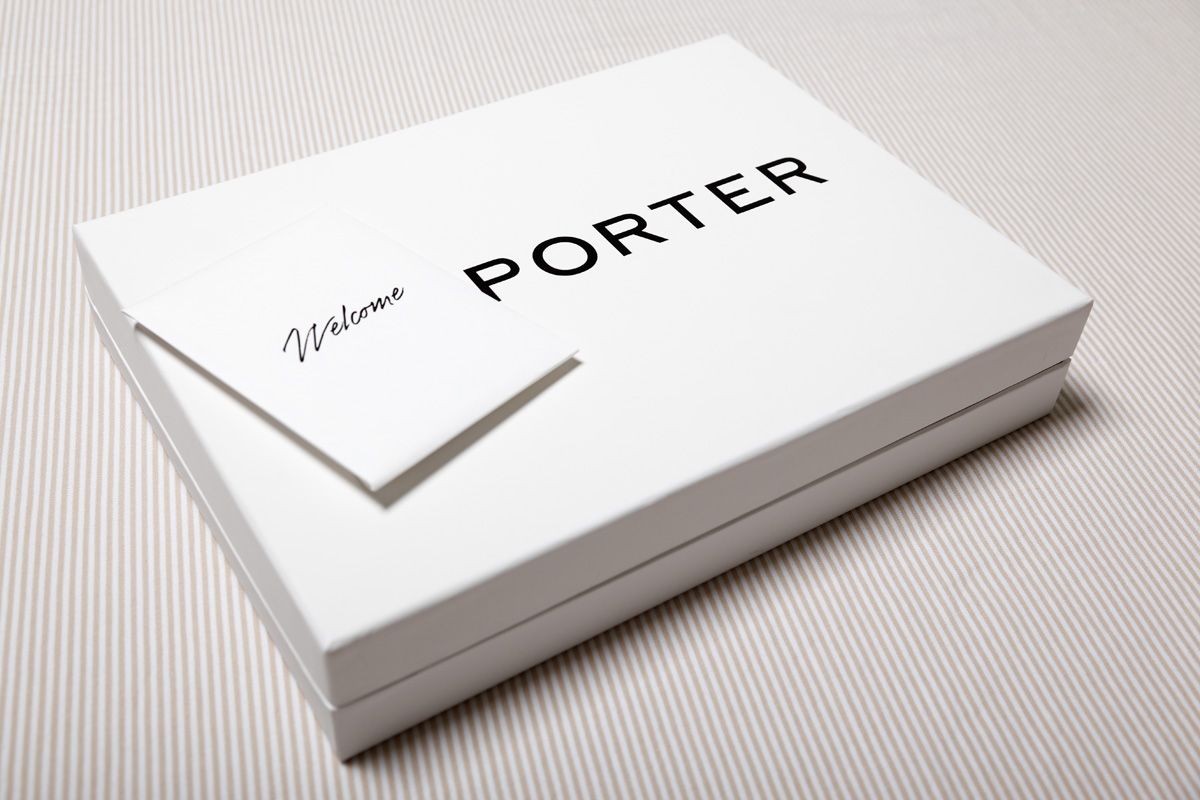
Varnishing
You may associate varnishing with wood, but varnishes are also used on papers. They also come in matte and glossy finishes depending on your ideal look, and are great for, brochures and accentuating details. Textured and spot finishing options are also possible to highlight and draw attention to select areas.
There are a number of varnishing finishes to choose from:
Gloss varnishing
This type of varnishing improves the appearance of printed photographs or images in brochures or promotional literature. The coated layer reflects the light and thus, it makes the color more prominent, bright, and vivid. You can use gloss varnishing in sales or promotional materials where the focus is on imagery and aesthetics, additionally it can be used in clothing to draw attention to a particular design
Matte varnishing
This type of varnishing gives a smooth and non-glossy look to the printed surface. This varnishing softens the appearance of printed photographs or images. It makes small text easy to read and soft on the eyes.
Silk varnishing
This type of varnishing is a great middle ground between a Matte and gloss finish. This is ideal if you want the benefits of gloss alongside the benefits of the matte finish.
UV varnishing
In this type of varnishing, the ultraviolet rays are shone to produce a transparent finish to your printed materials. With the help of UV lighting, the coating is dried. This type of varnish provides a smooth and glossy layer to your printed material as well as vividly enhancing the colours.
All over UV varnish
In this type of varnishing, a UV seal is applied all over the printed surface. A gloss UV varnish is the most common type of all-over UV varnishing. Sometimes, silk and matte varnish are also available with all over UV varnish.
Foil Stamping
Foil is applied to the print surface with the help of heat and pressure and is usually done in combination with embossing. They are not limited to gold and silver foils. Pigmented, holographic and security foils are also common. This type of finishing makes your printed products appear luxurious and high end. This is a popular method used on business cards, swing tickets and clothing that has a particular message.
It is often used by high end brands to showcase designer logos or names across a piece, without being glaring or gaudy.
Embossing:
Embossing raises parts of the print for emphasis and texture. Embossing is generally applied in conjunction with other techniques like foil stamping or spot UV lamination. Embossing adds a tactile dimension to your printed material. Now, your clients can feel all the images and texts properly.
It is often used by high end brands to showcase designer logos or names across a piece, without being glaring or gaudy.
Debossing
This is one of the more traditional printing techniques available in the market and is the opposite of embossing. This technique is usually applied to depress or indent certain portions of things on the surface . This technique is used mainly for pressing logos.
Thermography
Thermography produces a raised finish to selected areas . This is a less expensive technique that highlights some parts of your printed items. You can use thermography techniques in corporate stationery, packaging and on invitations. Different thermographic powders such as metallic, glitter and fluorescent give different finishes to your printed items.
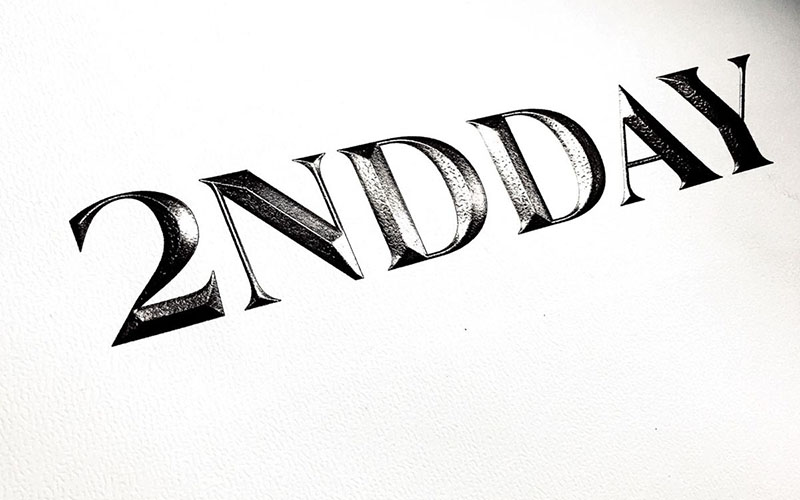
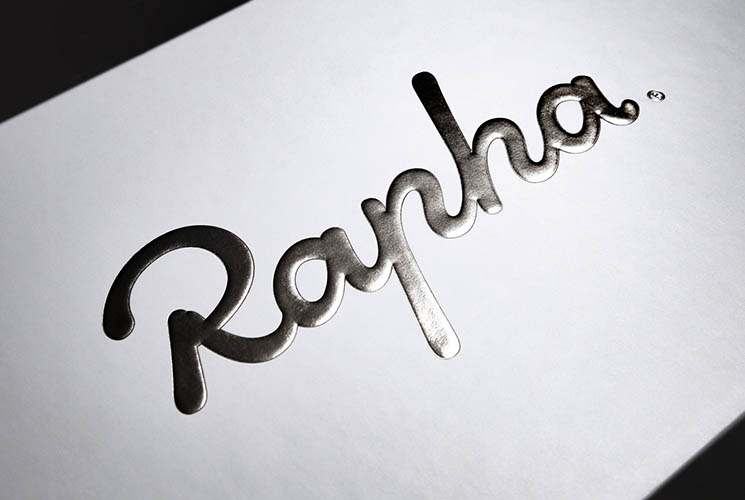
Die Cutting
Dies are carbonised steel shapes with sharp, raised designs. A die design consists of solid metal, with sections cut out into a pattern or picture. Once cut, your material will replicate the die – the solid sections will remain, while the apertures will be cut away. it is commonly used for brochures, innovative swing tags, invitations and a host of promotional materials.
With a whole host of printing options available, it can be overwhelming deciding which technique could work within your budget. . Our team has extensive experience and knowledge, and will be able to guide you to the most suitable print technique for your project Simply contact us info@elitelabelsltd.co.uk or call our team on 0116 251 2634.
Featured Image courtesy of Dot Studio.
